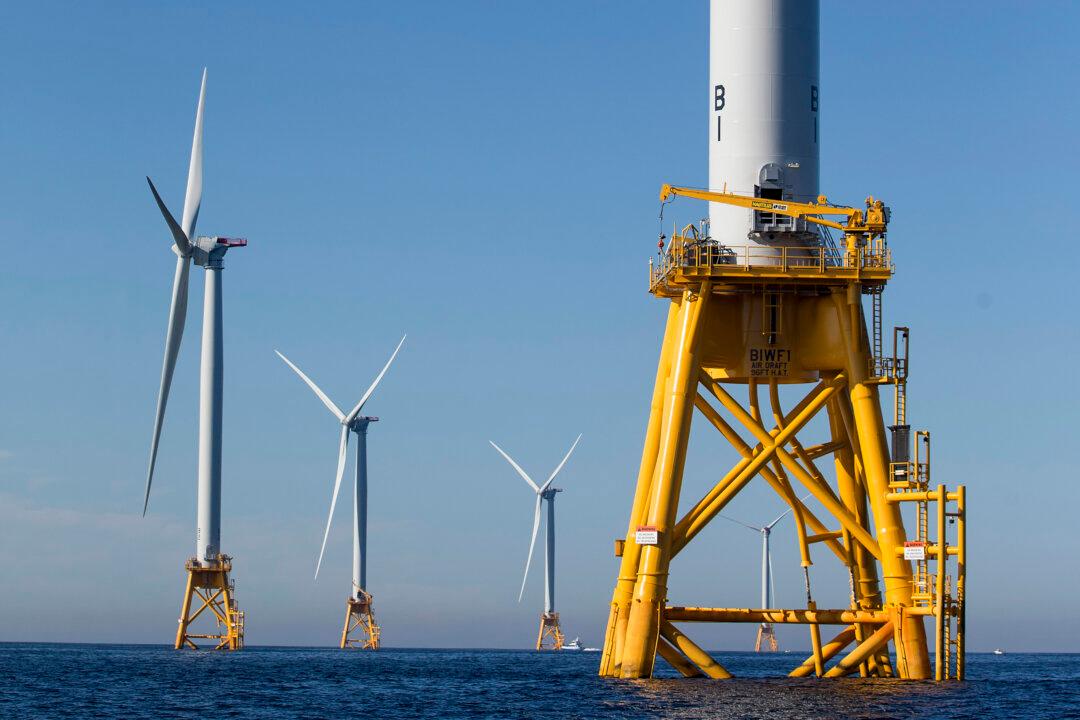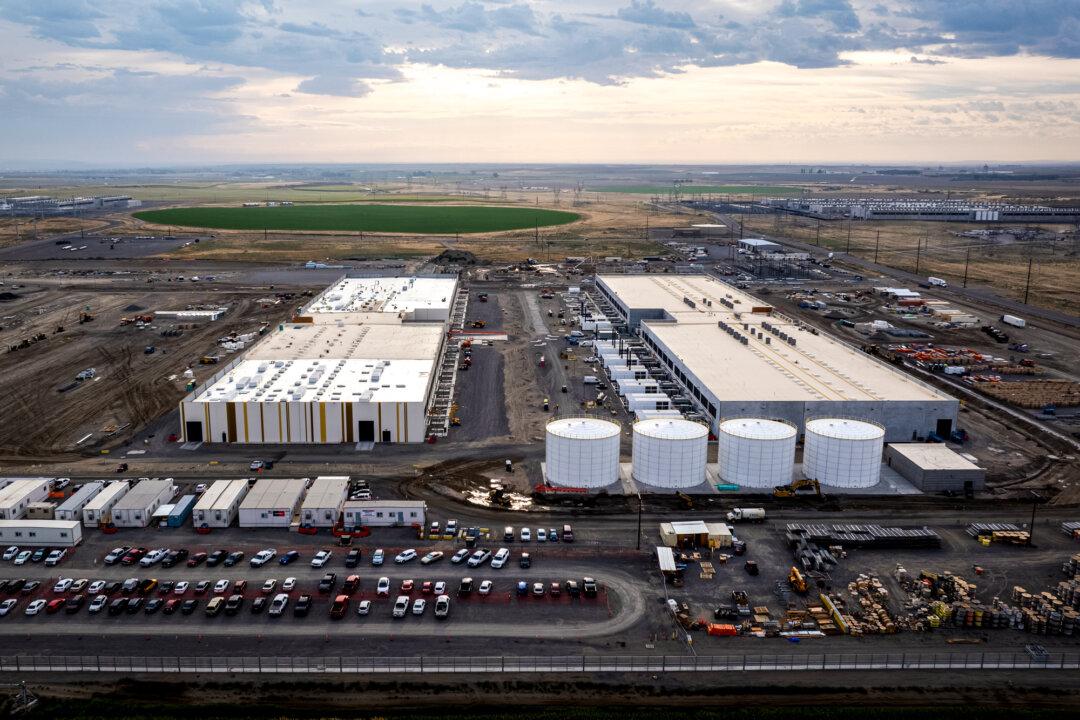A comprehensive report compiled by two federal agencies and the commercial fishing industry raises red flags about the potential impact of Offshore Wind Power (OSW) projects on fishing and the marine environment.
Prepared by the National Ocean and Atmospheric Administration (NOAA), the Bureau of Ocean Energy Management (BOEM), and the Responsible Offshore Development Alliance—a coalition of fishing industry groups, the nearly 400-page Fisheries, and Offshore Wind Interactions Report finds that offshore wind projects are outpacing the science.





